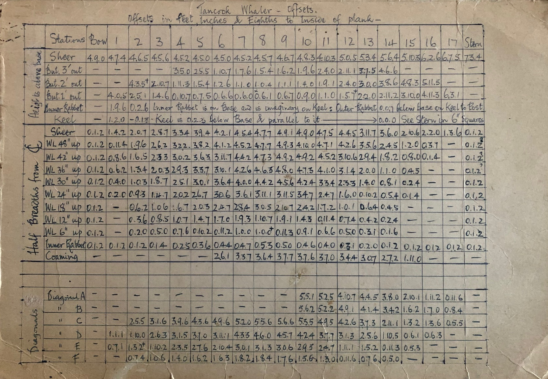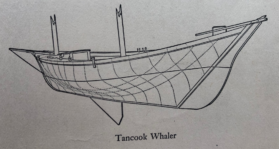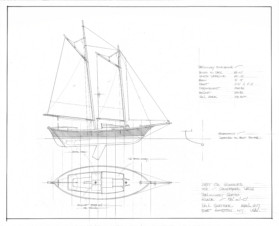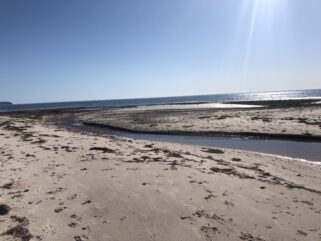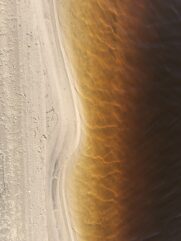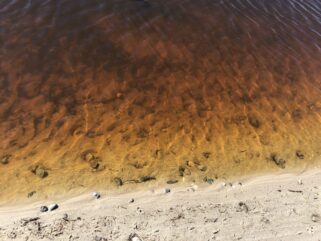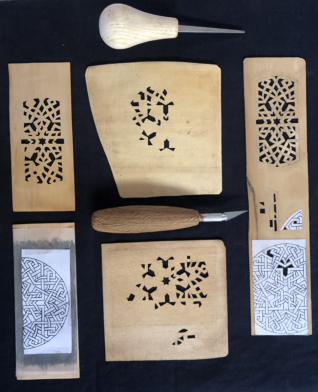Long ago Dad copied these offsets (see below) onto a scrap of cardboard – clearly as a statement of intent. He found them on page 165 of his maritime bible: American Small Sailing Craft by Howard I Chapelle, first edition, published 1951.
Tancook Whalers were not used to hunt whales. Chapelle describes their purpose thus:
The requirements of the Tancook Island boats were severe. This large island is in the mouth of Mahone Bay, some thirty miles southwest of Halifax. It had no natural harbour, and became a settlement only because it was conveniently close to the fishing grounds. The boats were required to be moored off the island without shelter, and they also had to face severe weather offshore. The prolonged morning calms in the summer made it often necessary to row the boats out to the fishing grounds. The distance the boats were required to go to sea in fishing, and their value in transportation to and from the island, made it desirable that they be craft of some capacity.
In 2017 we asked Paul Gartside, well-known boat designer, to draw up a Tancook Whaler proposal for our consideration. You can find his website here:
https://www.gartsideboats.com/
Of course, we liked what we saw, and subsequently commissioned the full set of construction plans – hence our search for abandoned lengths of timber.
Chapelle – who was cautious about bestowing (unqualified) praise – has this to say of Dad’s ‘castle in the air’:
The lines of the Tancook Whaler were remarkably sharp; the midsection showed a very hollow garboard and hard bilge; the wide plank keel was another feature. The boats sat low in the water and had a very graceful sheer. Altogether the Tancook Whaler was one of the most handsome of the double-enders used on the Atlantic coast….
I return to that paragraph often.
